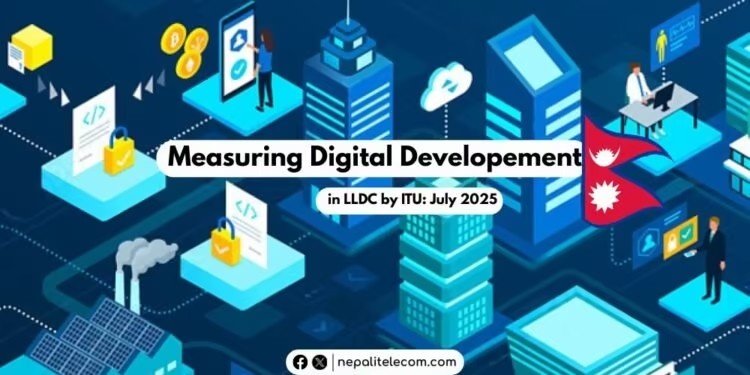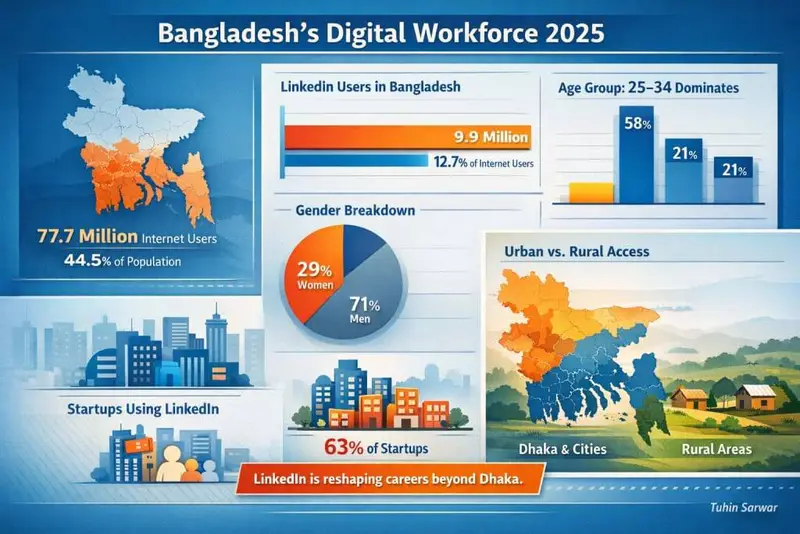Nepal has improved its standing in digital communication, now matching the average digital connectivity level of 11 countries in Group 2 of the International Telecommunication Union’s (ITU) July 2025 report titled Digital Development Measurement: Facts and Figures Focused on Landlocked Developing Countries (LLDCs). Group 2 includes nations such as Armenia, Bolivia, Botswana, and Kyrgyzstan, with Nepal joining Bhutan and Lao PDR in this category of least developed countries (LDCs).
In 2023, 55.8% of Nepal’s population had internet access, slightly below the global average of 67.6% but well above the LLDC average of 39.4%. Mobile broadband penetration reached 94.5%, close to the global average. Among the connected population, 99% had 3G access and 88% enjoyed 4G connectivity. However, 5G remains unavailable nationwide.
The report highlights challenges in digital adoption: 14% of people in LLDCs lack internet access, and 47% have access but do not use it due to barriers. Urban areas enjoy near-complete 4G coverage, but rural zones face connectivity gaps, with 6% having no mobile signal and 15% limited to 2G.
Regarding affordability, Nepal’s mobile data costs in 2024 represented 2% of Gross National Income (GNI) per capita—meeting the United Nations Broadband Commission’s target. However, fixed broadband remains costly at 7.2% of GNI, limiting wider wired internet adoption. Comparatively, Bhutan’s mobile broadband costs are lower at 0.7% of GNI, though its fixed broadband price is slightly higher than Nepal’s at 2.2%. Nepal fares better than Group 3 LLDCs like Afghanistan, where mobile broadband costs 8.4% of GNI.
The ITU report identifies ongoing hurdles such as limited data on internet traffic and bandwidth, which hampers evidence-based policymaking. Other challenges include high transportation costs, trade barriers, infrastructure resource constraints, and limited human capital development, all slowing digital progress.
The report recommends that Nepal’s government prioritize expanding 5G access, increasing internet penetration, and enhancing digital data management to accelerate its digital transformation.















